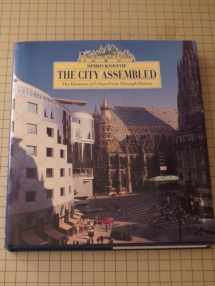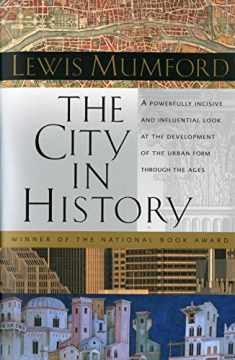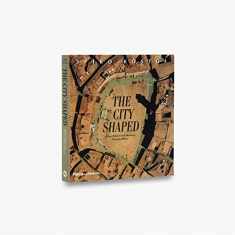
The City Assembled: The Elements of Urban Form Through History
Book details
Summary
Description
Spiro Kostof's previous book, The City Shaped, examined ways in which cities develop through history, treating them as complete entities and analyzing the various categories into which they fall. Now, in what is both a companion volume and an independent study, he traces the component elements that make up different types of cities: streets, public places, urban divisions (religious, political, and social), and the fringe area where city and countryside meet.
In every instance, Professor Kostof follows a story that ranges widely in time and place up to the present to indicate that the discussion remains fresh and engages our own time in unexpected ways. In the past, all the elements of a city evolved in response to a variety of pressures. Today they are usually the result of planning decisions. In a final chapter, Kostof considers "urban process" - the effect on cities of natural disasters, war, and comprehensive redevelopment, compared with incremental growth and change. His book is thus an exercise in architectural and social history, a case study for the present, and a pointer for the future. Urban form is never innocent of social content: it is merely the matrix within which we organize daily life, and we have strong opinions about it. Modernism was a harsh intrusion in the development of almost every theme. The current recovery from the less tolerant aspects of that doctrine has made us look again at what it is that we treasure in the traditional city, and how we can recharge the old urban forms with present-day common sense.
The story is also told in over three hundred drawings, prints, paintings, and photographs that trace not only patterns but uses, from the colonnaded street of ancient Palmyra to the recent demonstrations in Prague's Wenceslas Square.


We would LOVE it if you could help us and other readers by reviewing the book
Book review





